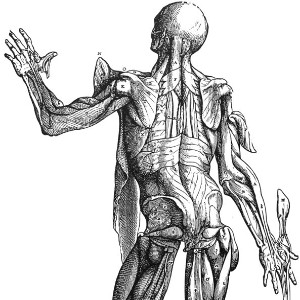 Smart Citations
Smart CitationsSee how this article has been cited at scite.ai
scite shows how a scientific paper has been cited by providing the context of the citation, a classification describing whether it supports, mentions, or contrasts the cited claim, and a label indicating in which section the citation was made.
History of international connections of myology in Europe
Over the past centuries, myology as a basic and clinical science has passed through three major stages of development: the classical period, the modern nosographic stage, and the molecular era. The classical period spans the sixteenth century up to the earlier parts of the twentieth century. During this time, several major muscle diseases were clinically and pathologically characterized, including Duchenne muscular dystrophy (DMD), myotonic dystrophy, and facio-scapulo-humeral dystrophy, by master clinicians such as Duchenne, Erb, Becker, Steinert, Landouzy, Dejerine, Meryon, and others. These accomplishments laid solid foundations for the following modern era with nosographic classification and the following molecular era. European clinicians and scientists were major contributors to the modern era in the second half of the twentieth century, which is characterized by three major discoveries. First, it was observed that substantial elevation of the serum activity of creatine kinase indicates muscle damage or destruction. Then, the adaptation of modern histo-and cytochemical techniques to the study of muscle biopsies markedly improved the diagnostic accuracy and made possible the identification of new changes and structures. Thirdly, the advent of modern biochemical techniques permitted the identification of various enzyme defects/storage diseases such as Pompe disease, McArdle's disease, and carnitine deficiency states. The molecular era was made possible by the strikingly fast development of molecular biology and its application to muscle diseases. This permitted the identification of gene defects in many inherited diseases, leading to an accurate and specific diagnosis. The growth of international collaboration in Europe was achieved through the exchange of international scientists and collaborative networks.
How to Cite

This work is licensed under a Creative Commons Attribution-NonCommercial 4.0 International License.
PAGEPress has chosen to apply the Creative Commons Attribution NonCommercial 4.0 International License (CC BY-NC 4.0) to all manuscripts to be published.

 https://doi.org/10.4081/ejtm.2023.11439
https://doi.org/10.4081/ejtm.2023.11439




